Authors
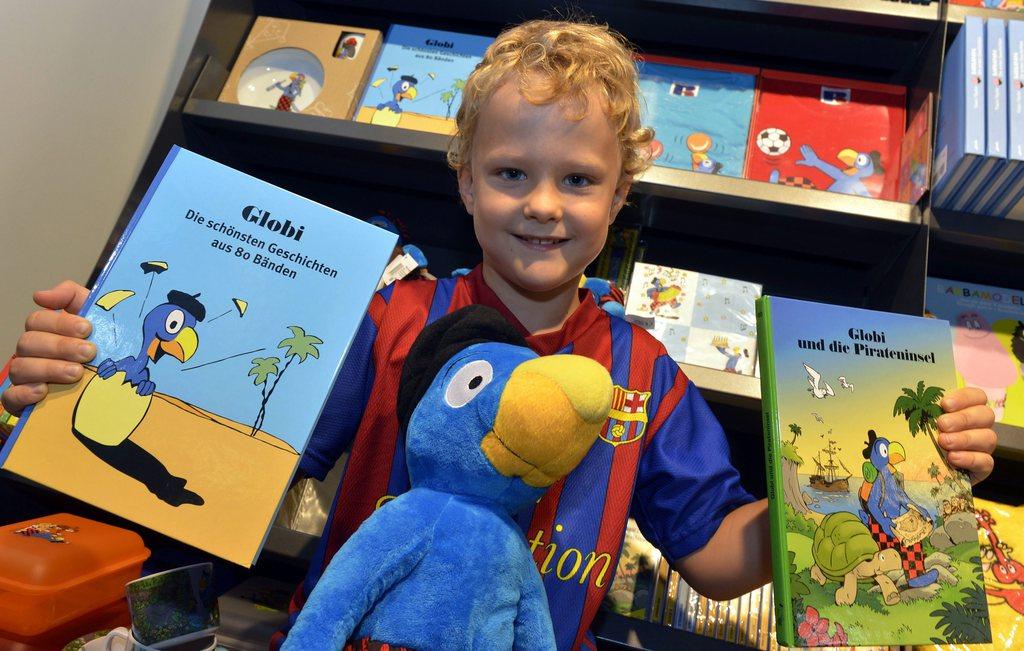
From classic to contemporary works, the Swiss love to read and have created a literary tradition that spans four national languages.
Editorial note: this information was current as of June 2017 and is no longer being updated.
According to the Federal Statistical OfficeExternal link, about 12,200 books were printed in Switzerland in 2015 – double the number printed in 1969. E-books account for about 10% of all book sales, reports the Swiss Bookseller and Publisher AssociationExternal link.
The main centres of the Swiss publishing industry are Zurich and Basel. Please see the website of the Swiss German Booksellers’ and Publishers’ AssociationExternal link for more details (in German). For a helpful overview of Swiss literature, consult this pageExternal link on All About Switzerland.
There is currently a Unified Association of Swiss AuthorsExternal link featuring French, German and Italian, and Romansh writers. Pro Helvetia, the Swiss Arts Council, publishes an annual magazine called 12 Swiss booksExternal link with its top picks for translation.
French-speaking authors
A number of important French-language writers of the 18th and early 19th centuries were Swiss. The most famous of these, Jean-Jacques Rousseau (1712-1778), was born and raised in Geneva. Anne Germaine de Stael (1766-1817), although born and brought up in Paris, came from the Necker family of Geneva, and moved to Coppet in Switzerland when exiled by Napoleon. Benjamin Constant (1767-1830), an author closely associated with de Staël, was born in Lausanne.
In more recent times, Swiss French-speaking authors include Charles Ferdinand Ramuz (1878-1947), whose novels describe the lives of peasants and alpine dwellers. Other authors – like Blaise Cendrars (1887-1961) – chose to settle in a major city like Paris. His works have an established place in French literature, but it is often forgotten that he was Swiss. Later, Jacques Chessex (1934-2009) also made his name in France, winning the Prix Goncourt in 1973.

More
Whatever happened to Heidi?
German-speaking authors
The classics of Swiss German literature include Jeremias Gotthelf (1797-1854), a clergyman who wrote about farming life in the Emmental, and novelist Gottfried Keller (1819-1890), who was actually against the idea of Swiss literature – he thought of himself as a writer of German literature.
The most famous Swiss literary character in German, or indeed in any national language, is undoubtedly Heidi, who is the heroine of one of the most popular children’s books ever. Her creator was Johanna Spyri (1827-1901).
Robert Walser (1878-1956) is a noted Swiss writer from the early 20th century. Hermann Hesse (1877-1962), whose works include Siddartha, Narcissus and Goldmund, Steppenwolf and The Glass Bead Game, was a German who became a Swiss citizen in 1923. Another German writer who lived for long periods in Switzerland was Thomas Mann, who made Davos famous with his novel The Magic Mountain.
The best-known figures of Swiss literature in German from the second half of the 20th century are Max Frisch (1911-91), whose works include Homo Faber, Biedermann und die Brandstifter (The Fire Raisers), and Stiller (I’m Not Stiller), and Friedrich Dürrenmatt (1921-90), who wrote plays such as Die Physiker (The Physicists) and Der Besuch der alten Dame (The Visit). The latter author is now commemorated at the Centre Dürrenmatt NeuchâtelExternal link.
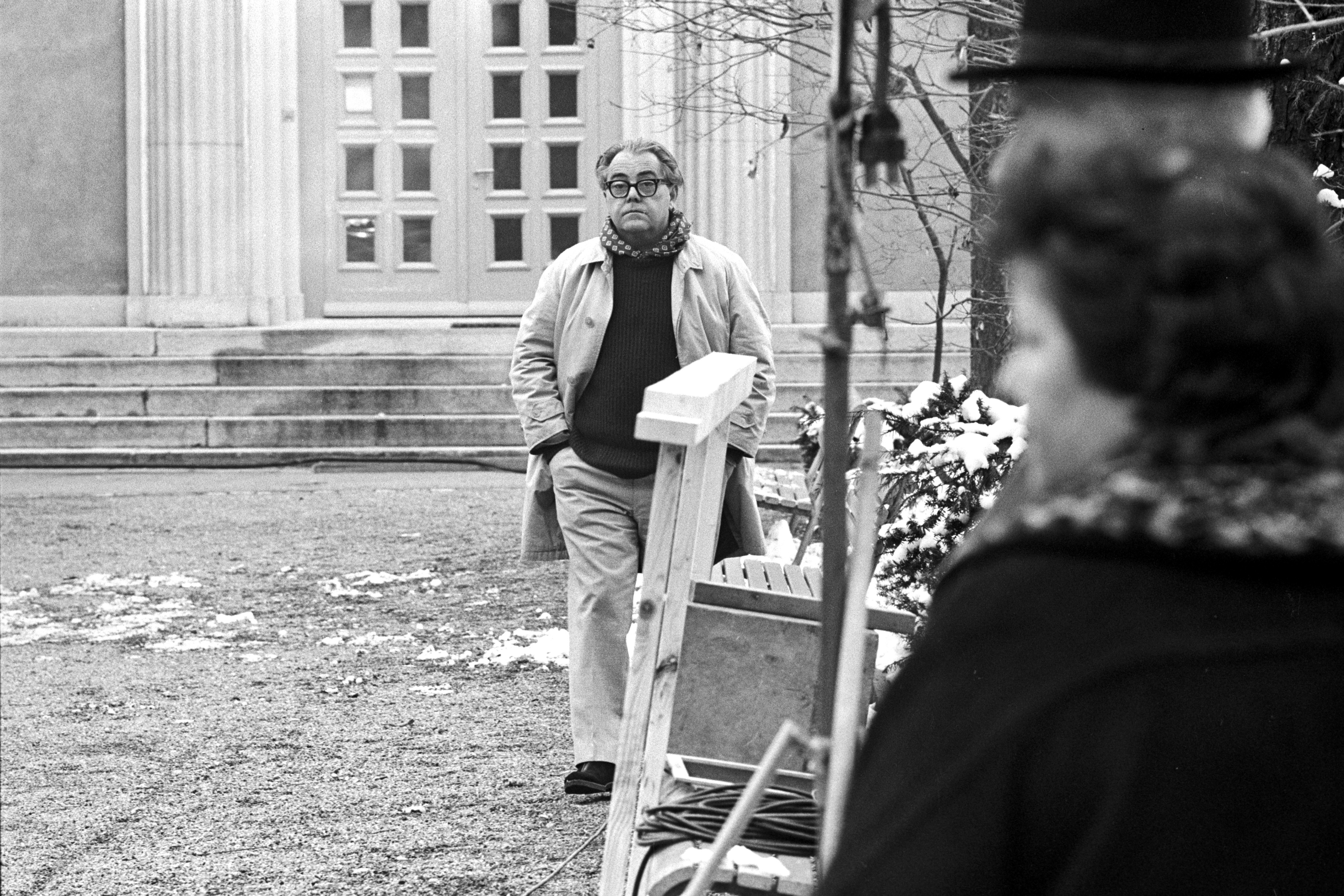
More
Max Frisch 1911-91
Italian-speaking authors
Italian-Swiss writers have tended to be closely associated with, and well known in, neighbouring Italy. The most famous of these was Francesco Chiesa, who was both a poet and prose writer; others include poets Giorgio Orelli and Alberto Nessi and the writers Anna Felder and Fleur Jaeggy. Orelli was awarded Switzerland‘s highest literary distinction, the Schiller Prize, an honour he shared with both Dürrenmatt and Frisch.
Romansh-speaking authors
Literature in Romansh has existed since the 16th century. It has been written in several established dialect forms. The works were gathered in a large anthology, the Chrestomathie, by the language scholar Caspar Decurtins at the beginning of the 20th century.
Modern Romansh writers of note include the Engadin novelist Clà Biert and the poet Luisa Famos, along with the Sursilvan novelists Gion Deplazes, Theo Candinas and Toni Halter, and the short-story writer Gian Fontana. Among contemporary authors of note are the novelist Leo Tuor and the young writer Arno Camenisch, both from the Surselva.

In compliance with the JTI standards
More: SWI swissinfo.ch certified by the Journalism Trust Initiative
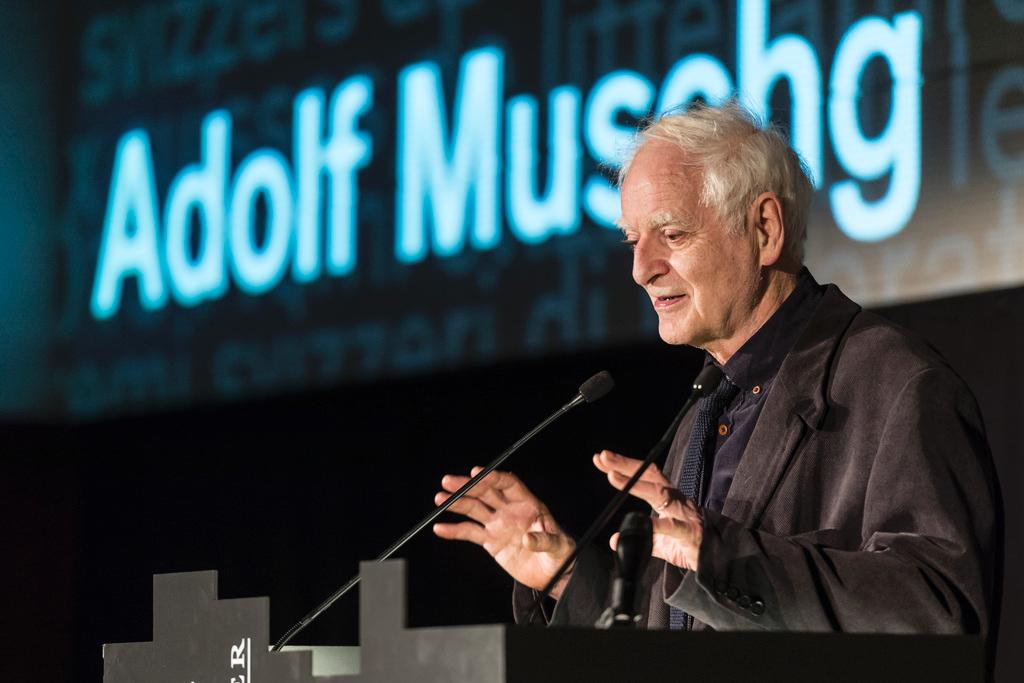
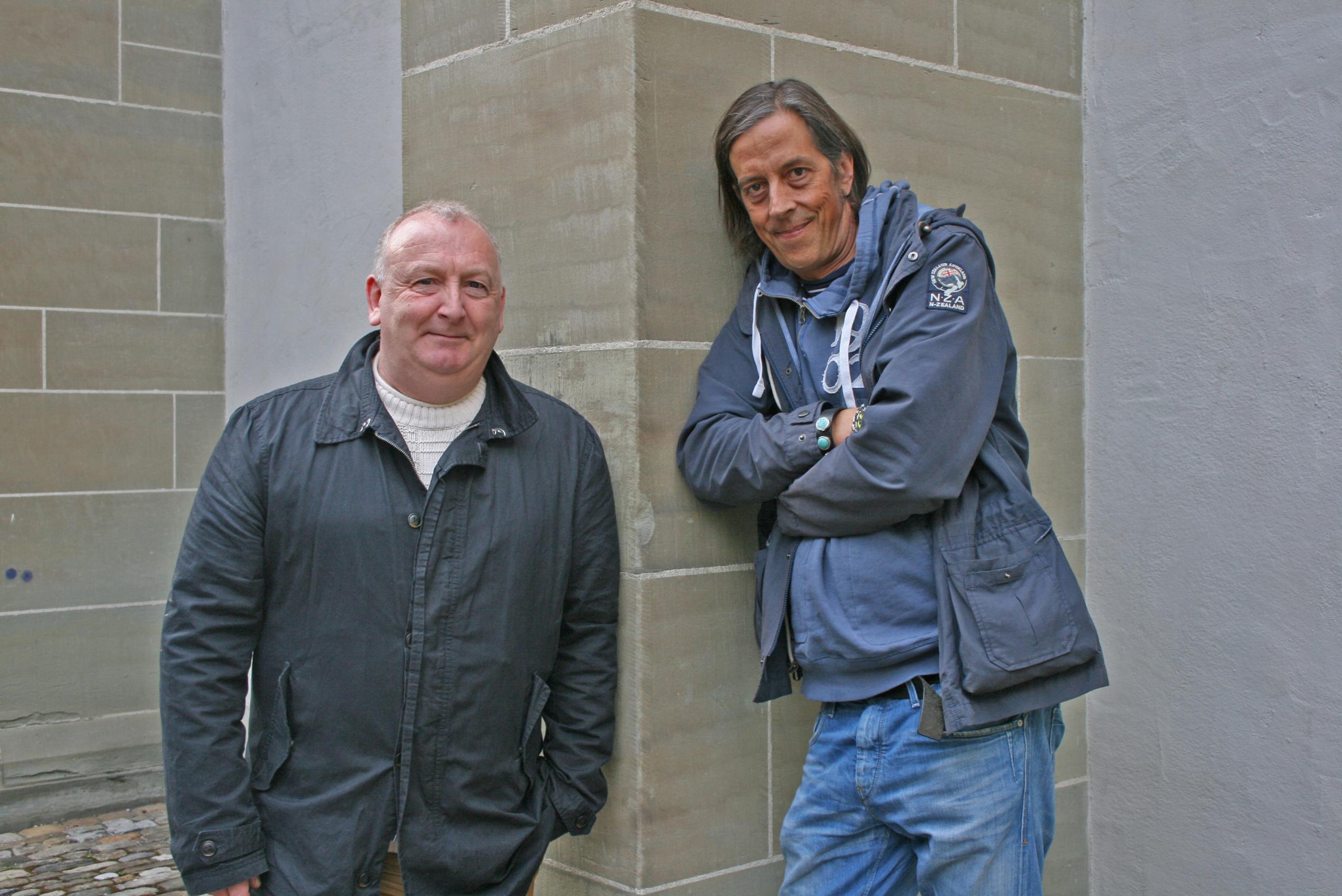

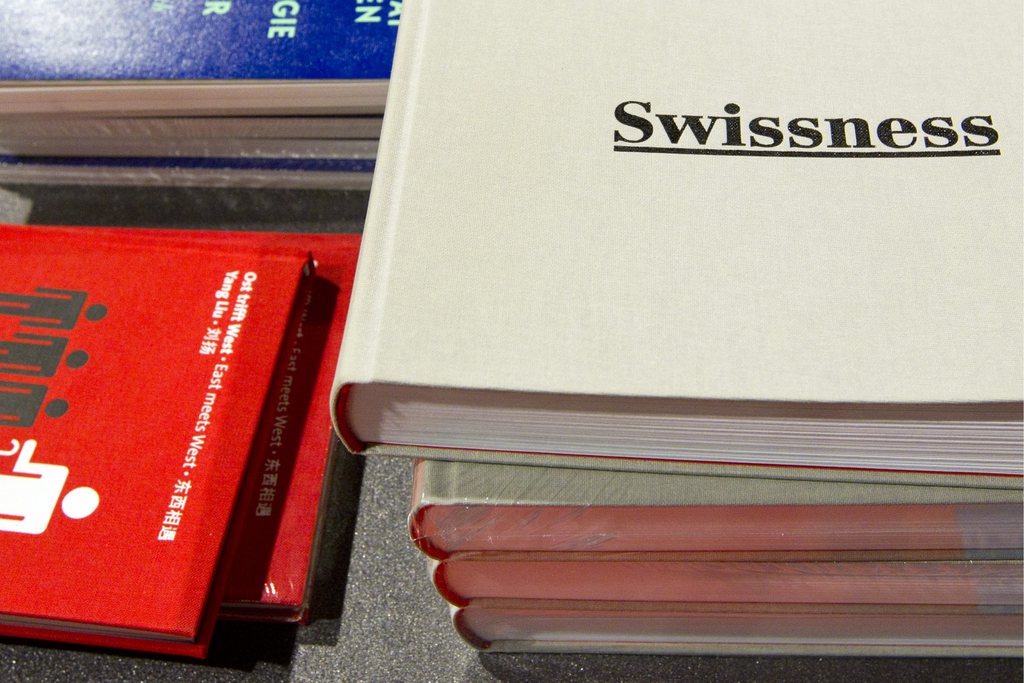
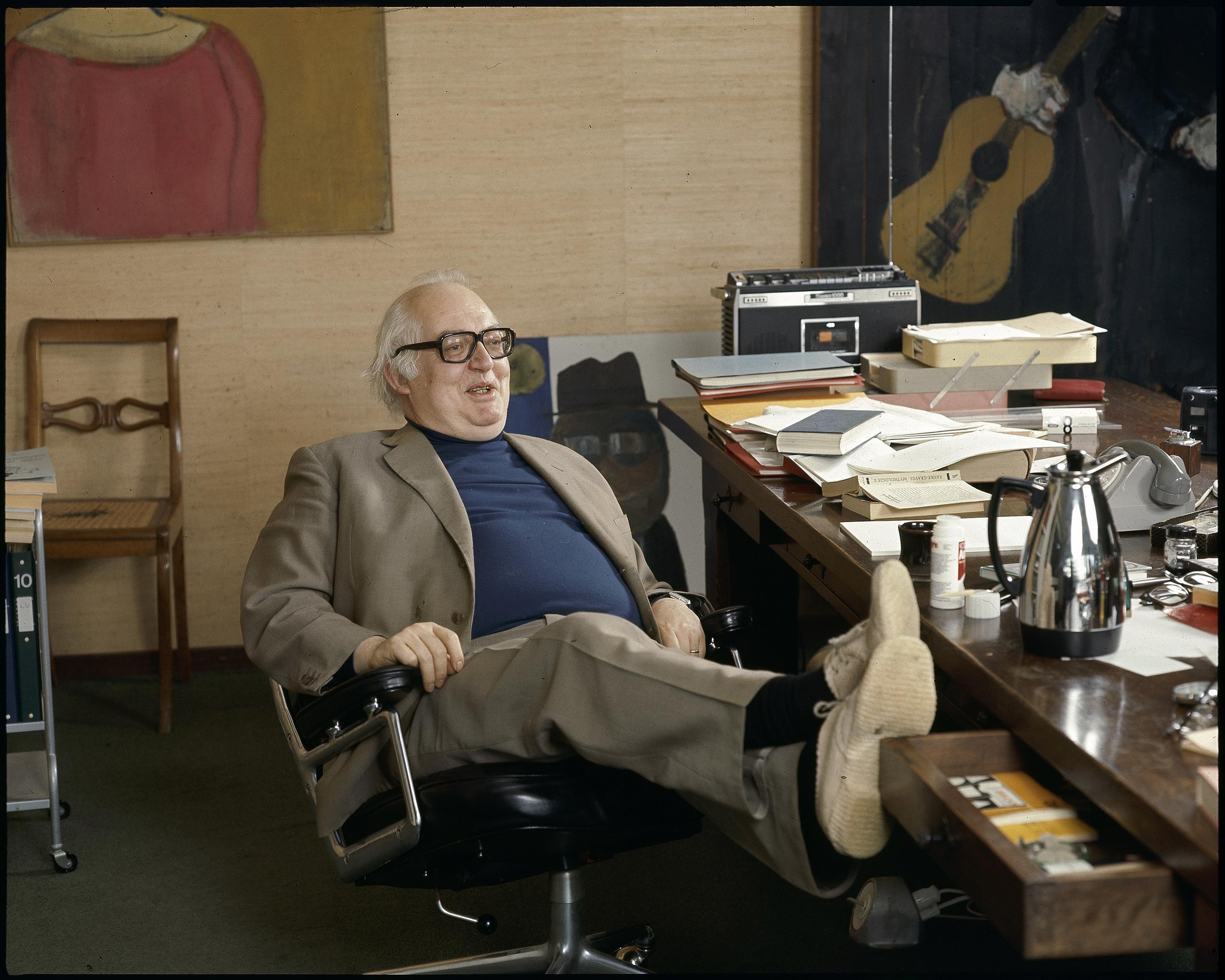
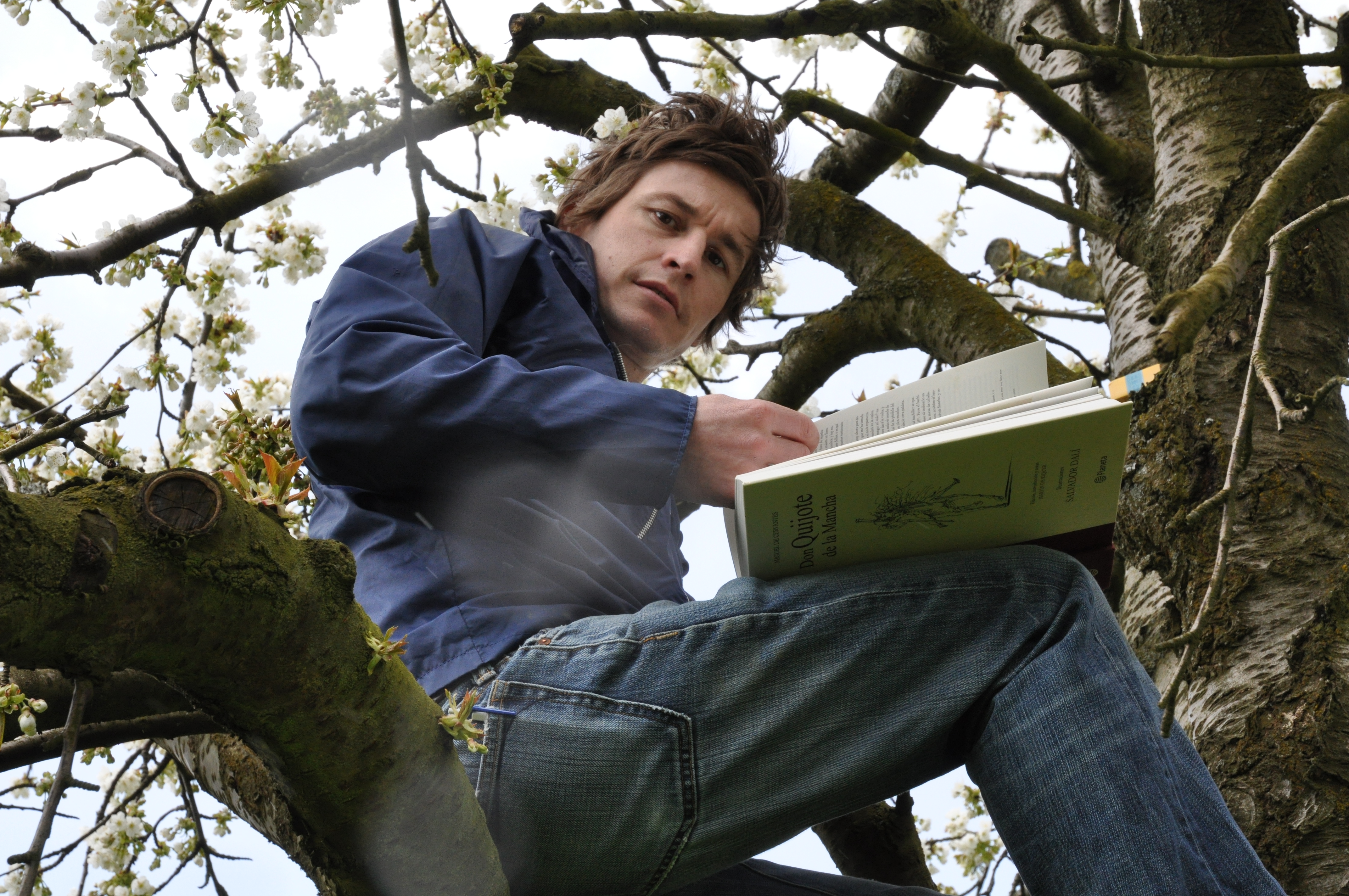
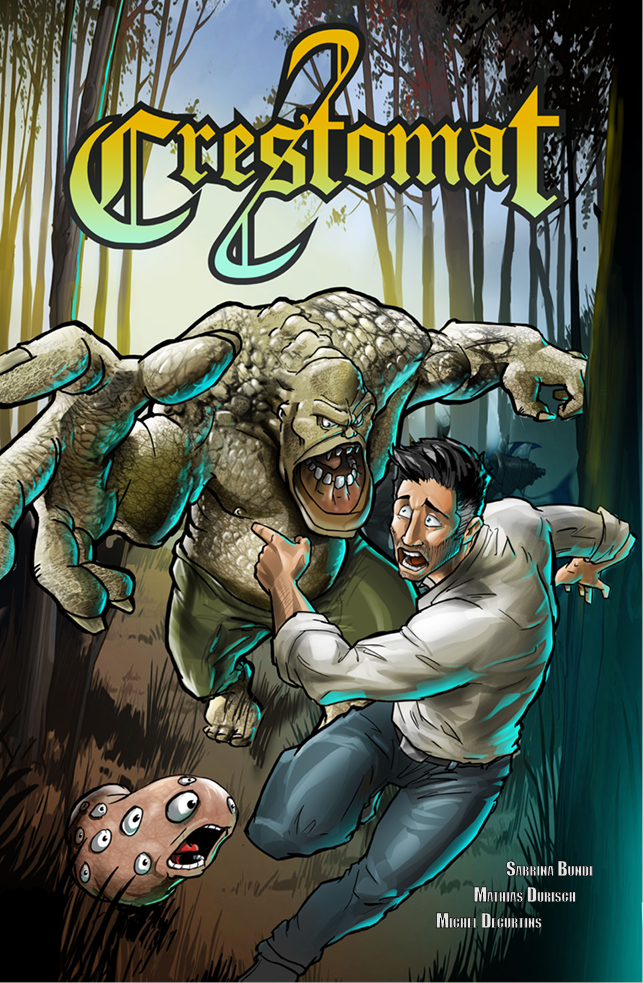
You can find an overview of ongoing debates with our journalists here. Please join us!
If you want to start a conversation about a topic raised in this article or want to report factual errors, email us at english@swissinfo.ch.